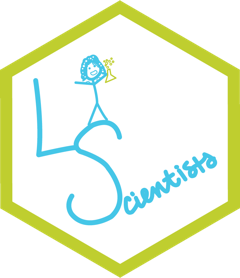"An image is worth a thousand words". I believe most people have heard this saying before. But what does it mean for teaching and learning? How can we use images (and imagination) in the classroom?
Weekly Digest #102: Leading women in STEM fields
According to the study, “Women in STEM: A Gender Gap to Innovation”, women are vastly underrepresented in science, technology, engineering and math (STEM) jobs in the US. The report further states that women hold less than 25 % of STEM jobs.
Using the Six Strategies to Teach Diversity
I teach at a small university in the middle of Kansas, where a lot of my students come to me having never been exposed to thoughts, ideas, or persons different from themselves. While our university has some amount of diversity, most of what I hope to accomplish...
Weekly Digest #101: Preparing for Higher Education
We know that the transition as students move through their education can be difficult for students (and their parents). Choosing where to go to apply to college/university, how to apply, and how to fund the higher education can be one of the more difficult aspects ...
The Availability Heuristic
Heuristics are mental shortcuts that allow you navigate the world quickly and efficiently. Many heuristics are very useful, because they allow you to understand a situation and respond to it without processing every piece of information in detail.
GUEST POST: When feedback is forgettable
Which type of feedback do your students prefer to receive: past-oriented feedback about how they performed, or future-oriented feedback about how they could improve?






